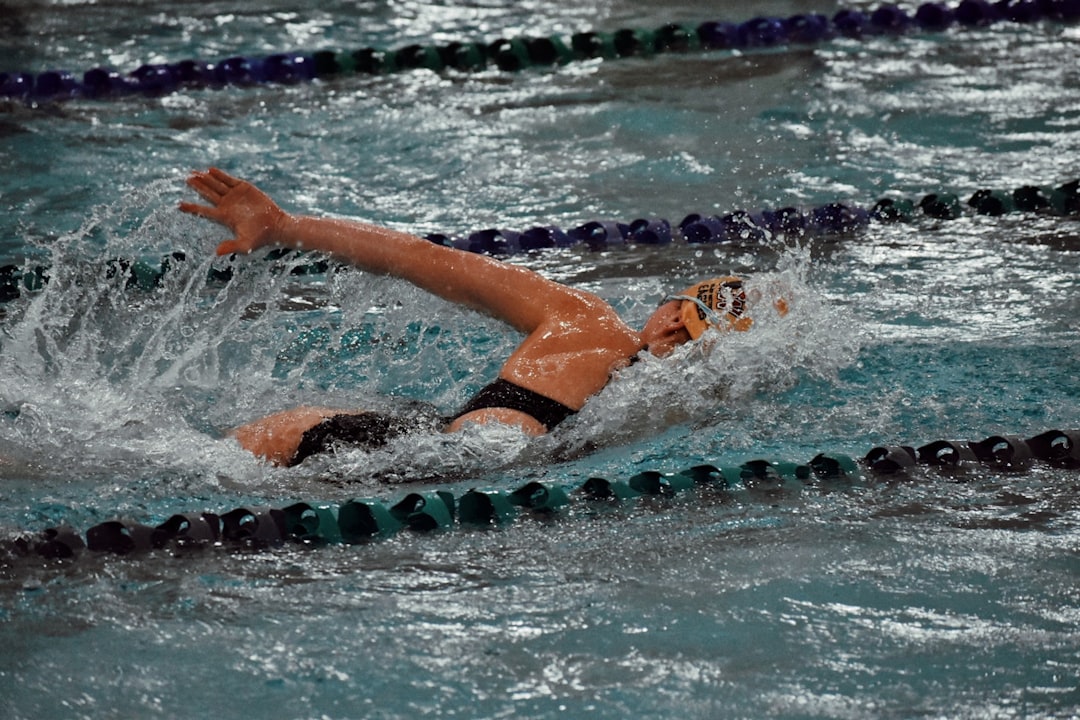Achieving Optimal Recovery: Strategies for Rest and Rehabilitation in Athletics
As athletes, it is no secret that we push our bodies to the limit in pursuit of excellence. Whether it be training for a marathon, practicing on the field, or hitting the gym, our relentless pursuit of success can take a toll on our physical well-being. However, amidst this pursuit, we often overlook the significance of proper rest and rehabilitation in achieving optimal recovery. In this blog post, we will explore various strategies that athletes can utilize to ensure they are adequately resting and rehabilitating their bodies.
One of the first and most crucial steps in the recovery process is recognizing the importance of rest. Our bodies require ample time to recover and repair themselves after rigorous physical activity. Ignoring this critical aspect can lead to burnout, increased risk of injury, and hindered performance. Therefore, one of the primary strategies for optimal recovery is to prioritize sufficient rest.
It is essential to incorporate rest days into your training schedule. This means deliberately planning days of reduced or no physical activity. These rest days allow your muscles, tendons, and ligaments to repair themselves from the micro-damage sustained during exercise. Additionally, it provides your central nervous system with the much-needed rejuvenation it requires to function at peak efficiency. By incorporating rest days, you are giving your body the opportunity to replenish energy stores and repair any damage, ultimately leading to improved performance.
In addition to planning rest days, sleep plays a significant role in recovery. It is during sleep that our bodies experience the most significant amount of repair and regeneration. Aim for seven to nine hours of quality sleep each night, as this will support proper muscle recovery, decrease inflammation, and improve overall cognitive function. Create a sleep routine that allows you to wind down before bed, eliminating distractions such as electronic devices and prioritizing a calm and relaxing environment.
While rest is essential, proper rehabilitation is equally crucial in achieving optimal recovery. Injuries are common in sports, and neglecting their rehabilitation can lead to long-term consequences. The key to successful rehabilitation lies in a holistic approach that combines various strategies.
One of the most effective rehabilitation techniques is physiotherapy. Physiotherapists are experts in analyzing movement patterns, addressing imbalances, and designing personalized exercises that aid in injury recovery. They can guide athletes through a variety of techniques, including manual therapy, therapeutic exercises, and modalities such as heat or ice to reduce pain and inflammation. By working closely with a physiotherapist, athletes can regain strength, flexibility, and endurance while minimizing the risk of re-injury.
Another essential component of rehabilitation is nutrition. What we consume fuels our bodies and affects the recovery process. Proper nutrition, including ample protein, vitamins, and minerals, is vital for tissue repair and overall healing. Consult a nutritionist to develop a customized plan that addresses your specific needs and optimizes recovery.
Furthermore, incorporating active recovery methods can aid in faster healing. Techniques such as foam rolling, stretching, and light aerobic exercises can enhance blood flow, reduce muscle soreness, and promote tissue repair. Engaging in low-impact activities during rest days can serve as a form of active recovery, stimulating the recovery process without placing excessive strain on the body.
Lastly, mental recovery holds equal importance as physical recovery. Engaging in activities to reduce stress, such as meditation, deep breathing exercises, or engaging in hobbies, can help athletes relax, recharge, and foster a positive mindset. Seeking professional therapy or counseling can also be beneficial for managing the mental strain often associated with injuries or training setbacks.
Overall, achieving optimal recovery is a multifaceted process that requires a balance between rest and rehabilitation. Prioritizing sufficient rest, incorporating physiotherapy, maintaining a nutritious diet, engaging in active recovery methods, and addressing mental well-being all contribute to successful recovery. By utilizing these strategies, athletes can ensure that they minimize the risk of injury, maximize performance, and achieve their athletic goals. Remember, recovery is not a passive process; it is an active pursuit essential to becoming the best version of yourself.


